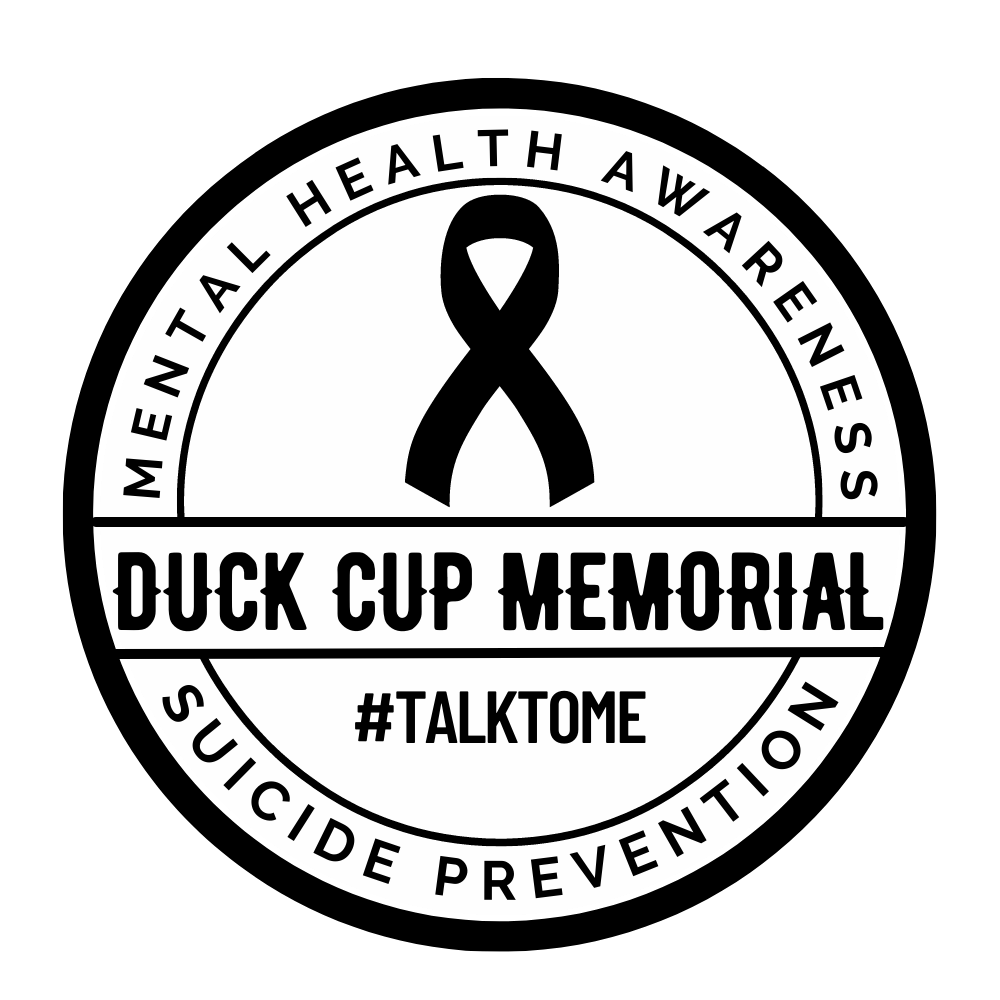Millions of people in the U.S. are affected by mental illness each year. It’s important to measure how common mental illness is, so we can understand its impact, and so we can show that no one dealing with it is alone. The numbers don’t lie, and are powerful tools in support of Stomping The Stigma around mental health conditions.
YOU CAN MAKE A DIFFERENCE!!!
You Are Not Alone
Mental health conditions are far more common than you think, mainly because people don’t like to, or are scared to, talk about them. However:
Let’s Talk About It
A mental illness is a condition that affects a person's thinking, feeling, behavior or mood. These conditions deeply impact day-to-day living and may also affect the ability to relate to others.
A mental health condition isn’t the result of one event. Research suggests multiple, linking causes. Genetics, environment and lifestyle all influence development of a mental health condition. Traumatic life events, stressful job or home life can make some more susceptible. Biomechanics may also play a role. Mental illness is no one’s fault. And for many people, recovery — including meaningful roles in social life, school and work, is possible, especially when you start treatment early and play a strong role in your own recovery process.
Signs and sympotms of Mental Health Conditions
Trying to tell the difference between what expected behaviors are, and what might be the signs of a mental health condition isn't always easy, but identifying a problem early can help lead to the best outcome. Each illness has its own symptoms, but common signs of mental illness in adults and adolescents can include:
Changes in eating habits such as increased hunger or lack of appetite
Difficulty perceiving reality
Inability to perceive changes in one’s own feelings, behavior or personality (”lack of insight” or anosognosia)
Abuse of substances like alcohol or drugs
Multiple physical ailments without obvious causes (such as headaches, stomach aches, vague and ongoing “aches and pains”)
Thinking about suicide
Inability to carry out daily activities or handle daily problems and stress
Excessive worrying or fear
Feeling excessively sad or low
Confused thinking or problems concentrating and learning
Extreme mood changes
Prolonged or strong feelings of irritability or anger
Avoiding friends and social activities
Difficulties understanding or relating to other people
Changes in sleeping habits or feeling tired and low energy
An intense fear of weight gain or concern with appearance
#TalkToMe
If you have — think you might have — or know someone you think might have a mental illness, the first thing you must know is that you are not alone. Stigma associated with mental illnesses can prevent people from getting help. Your willingness to talk about it with a friend, family member, or co-worker can be the first step in getting yourself, or a loved one the help needed. Visit our resources page for a list of local support professionals who are ready to help today.
If you suspect a friend or loved one is dealing with a mental health condition
Listen. Your opinion of a person’s situation is irrelevant. Trying to convince a person suffering with a mental illness that it’s not that bad, or that they have everything to live for may only increase their feelings of guilt and hopelessness.
Reassure them that help is available, that what they are experiencing is treatable, and that suicidal feelings are temporary. Life can get better!
If you feel the person isn’t in immediate danger, acknowledge the pain is legitimate and offer to work together to get help. Make sure you follow through. This is one instance where you must be diligent in your follow-up. Help find a professional, participate in making the first phone call, or go along to the first appointment. If you’re in a position to help, don’t assume that your persistence is unwanted or intrusive. Risking your feelings to help save a life is a risk worth taking.
If you feel the person IS in immediate danger, A suicidal person should see a doctor or mental health professional immediately. Calling 911 or going to a hospital emergency room are good options to prevent a tragic suicide attempt or death. Calling the National Suicide Prevention Lifeline at 1-800-273-TALK (8255) is also a resource for you or the person you care about. Remember, always take thoughts of or plans for suicide seriously, and never keep a plan for suicide a secret.




